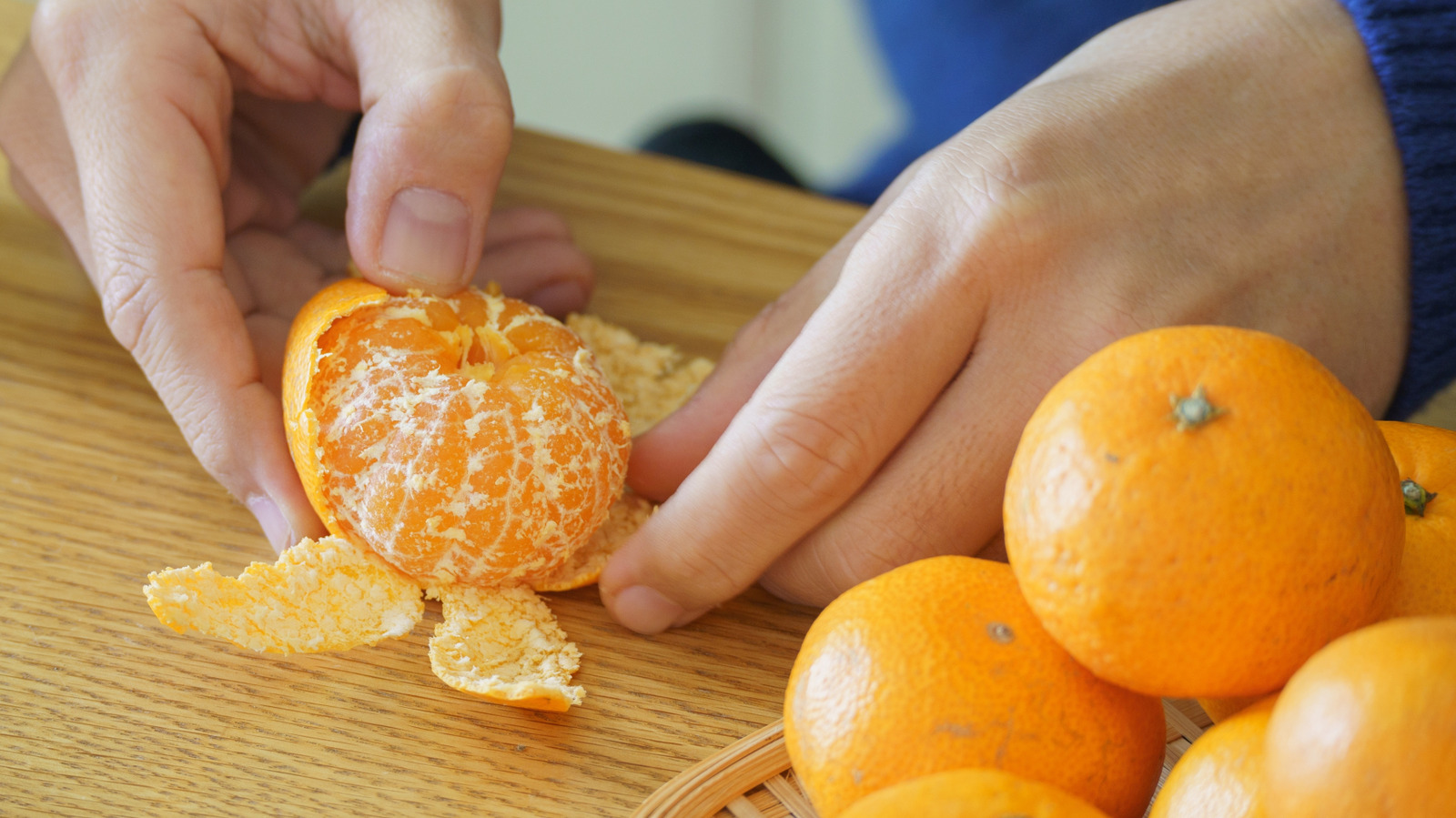
"Satsuma mandarin oranges may be scarcer in some years and plentiful in the next because the trees are alternate bearing, meaning one year might yield thousands of oranges and the next might yield only a few dozen. Satsuma mandarins will produce more fruit as they get older, but American farmers are growing frustrated with the lack of production and beginning to favor other varieties - especially when those other varieties, like hybrid oranges, have a longer shelf life."
"We unconsciously associate different fruits with specific times of year, which tend to correlate with the season when they're ripe. Watermelon in the summer, pumpkins in the fall, and berries in the spring; but some fruits aren't associated with one season over another, like bananas or oranges. There are those friendly, little mandarin oranges and the ever-common navel oranges (one of the most common types of oranges you'll find growing in Florida), but what happened to the satsuma mandarin oranges?"
Satsuma mandarins undergo wide year-to-year variation because trees are alternate bearing, producing heavy crops one year and very light crops the next. Older trees tend to yield more fruit. Farmers are increasingly frustrated by inconsistent production and sometimes favor hybrid varieties with longer shelf life. Satsumas have a narrow harvest window, peaking between November and December, and a short shelf life, which limits availability outside the winter. The fruit is cold-hardy but vulnerable to extreme temperatures and is mainly grown in southern U.S. regions, with California, Florida, and historically Georgia as major producers.
Read at Tasting Table
Unable to calculate read time
Collection
[
|
...
]